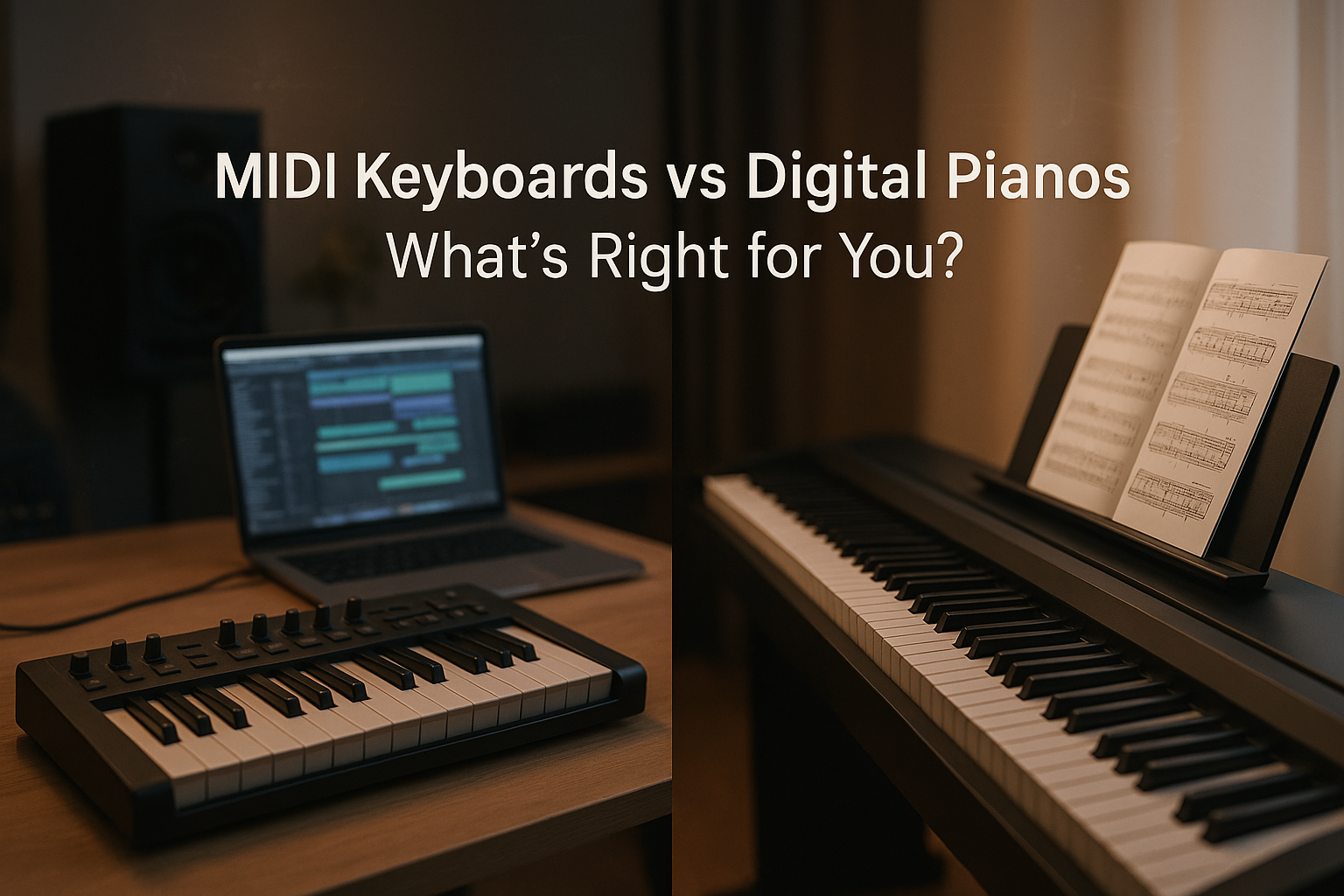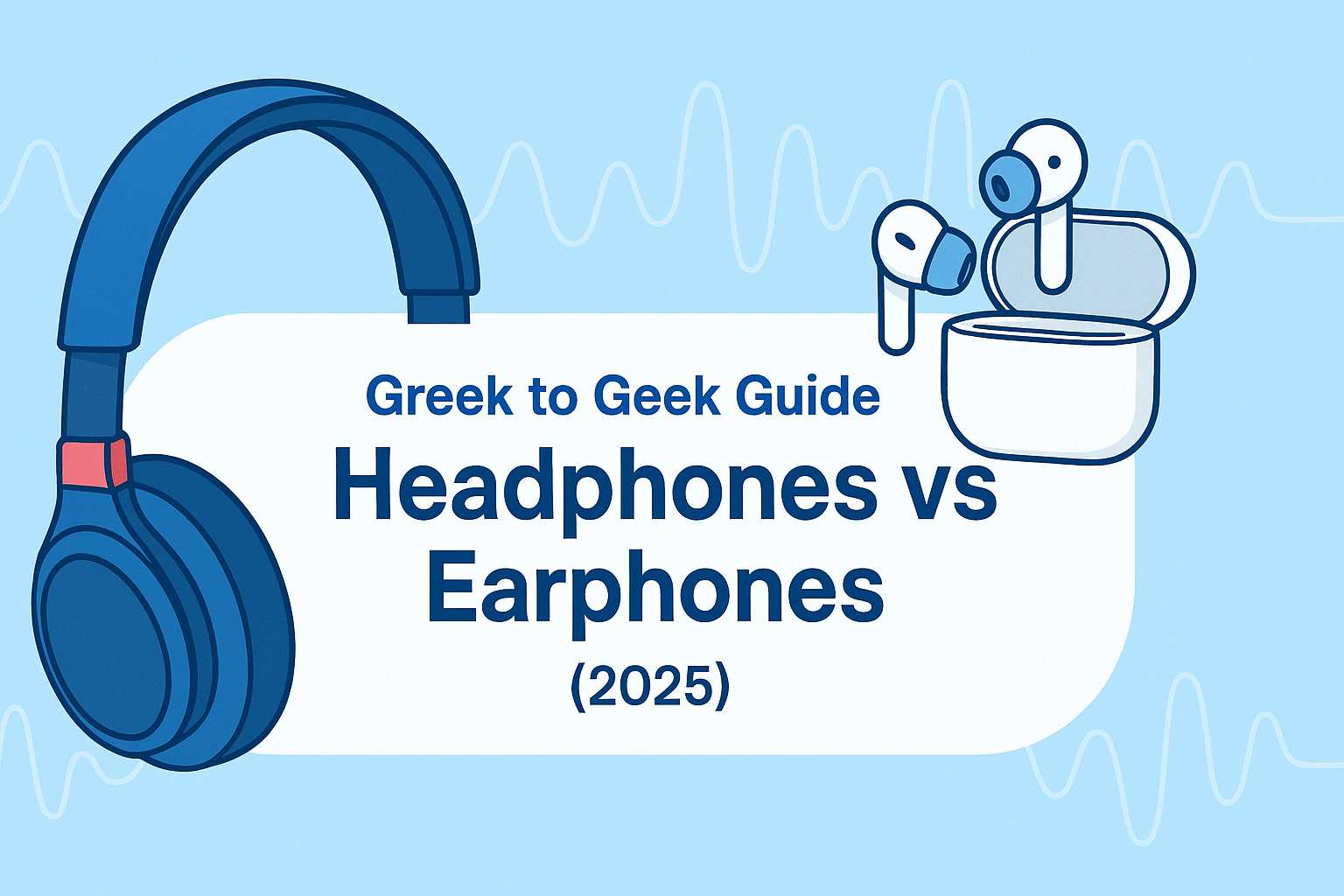Condenser microphones are a popular choice for recording and broadcasting, as well as live performances. They're generally easier to use than dynamic microphones, which make them a good choice if you're new to audio recording or if you need something portable. The main advantage of condenser mics over dynamic ones is that they can produce higher quality sound recordings. This is because they have more sensitivity than dynamic mics. They also require less background noise interference due to their sensitivity level being so high - this makes them perfect for recording vocals in particular!
What are condenser microphones?
Condenser microphones are a type of microphone that can be used for recording and live sound applications. They are also known as condenser transducers because they convert an acoustic pressure wave into an electrical signal. There are three main types of condenser microphones: large-diaphragm, small-diaphragm, and ribbon.
Dynamic and Condenser Microphones - What's the Difference?
There are two main types of microphones: dynamic and condenser. Dynamic mics perform consistently in all environments, whereas condensers can pick up more subtle nuances and details, but have the tendency to be more sensitive to loud sounds.
Condenser microphones are more expensive, require more power and have a wider frequency range than dynamic mics. They're also more fragile than their counterparts.
The Mechanism and Functioning of a Condenser Microphone
Now that we've established the basics of a condenser microphone, let's get into how they work. Condenser microphones are made up of two main parts: a diaphragm and a backplate. The diaphragm is responsible for picking up sound waves and converting them into voltage. The backplate is responsible for collecting all this voltage and converting it into electrical current so that it can be recorded by your recorder or computer.
Why is a condenser mic good for vocals?
Condenser microphones are good for vocals because they are more sensitive and have a wider frequency response. They also tend to be more accurate with high frequencies, so you’re less likely to pick up sibilance or plosives during recording.
Since condenser microphones are so sensitive, they can pick up subtle nuances in your voice that may not be as clear on other types of mics. This can come in handy when you’re recording at home: if your room isn’t acoustically treated properly, the sound of your vocalist might get muddled by reflections from the walls and ceiling. With a condenser microphone, however, these problems will be minimized thanks to its wide frequency response range (as well as its ability to reject low frequencies).
What makes a condenser microphone good?
A good condenser microphone will have a frequency response that's flat, meaning it records sound just as it's heard. This is especially important when recording vocals or acoustic instruments.
Condenser microphones are also great at picking up subtle nuances in your recordings. The sensitive capsule design allows you to record lower frequencies than dynamic microphones can detect, which makes them perfect for recording bass guitars and other low-end instruments. It also makes them very sensitive to high frequencies, so they're great for capturing the detail of cymbals or other high-pitched sounds (especially if you've got an equalizer handy).
Which Condenser Microphone To Buy?
When shopping for a condenser microphone, there are a few things to consider. The first is the size of the diaphragm. These sizes are small, medium and large! The larger the diaphragm, the better it will be at picking up low frequencies and high sound pressure levels (in other words, loud sounds). However, this also means that large diaphragms tend to be less sensitive than smaller ones.
Next comes polar pattern: omnidirectional, cardioid, figure-8 and some mics offer multiple polar patterns. If you’re looking for versatility then stick with an multiple polar patterns mic that allows you change its pattern later on down the road!
Finally: impedance rating; this tells us how much current can flow through our microphone before we risk damaging it internally by reaching its maximum tolerance threshold level so make sure yours has enough juice flowing through it
Some of the best Condenser microphones you can buy right now:
Rode NT1 Cardioid Condenser Microphone Kit with SM6 Shock Mount

Audio-Technica AT2020 Cardioid Condenser Microphone

Lewitt LCT 440 Pure Large Diaphragm Condenser Microphone - Cardoid

Behringer C-1 Studio Condenser Microphone

Vault CCM-265 Condenser Cardioid Microphone

Condenser microphones are a great choice for recording vocals. They're more sensitive than dynamic microphones, which means they can pick up more detail and natural sound from your voice. However, this comes at the cost of their durability; if you're looking for something that can withstand frequent use, then you may want to consider buying a dynamic microphone instead.




Share:
Hands-on Review: Yamaha MG06X and MG16XU Mixers
Buy & Sell Used Music Gear at Bajaao Connect Marketplace